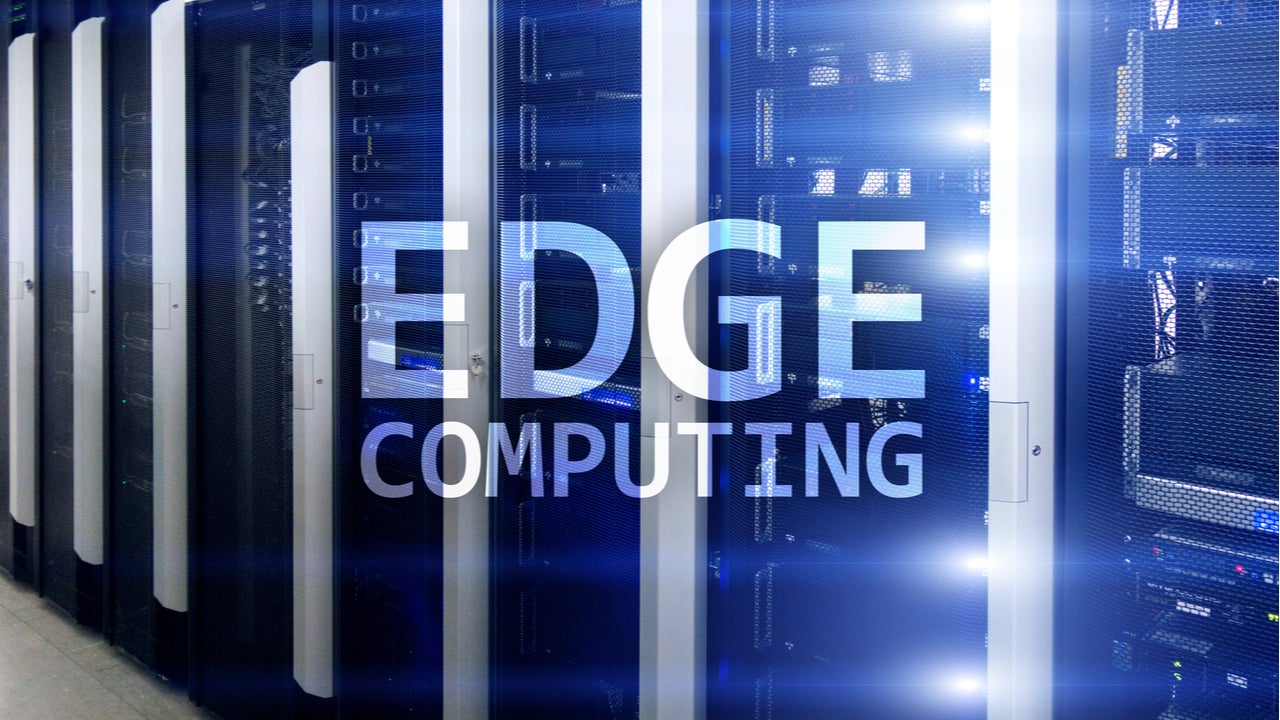
In 2022 edge computing initiatives started in 2020 and 2021 will see increasing maturity, as IT infrastructure vendors, telecoms network operators, and cloud service providers all aim to capture a share of this growing market. According to GlobalData’s latest forecast, sales of edge computing technology, services and solutions will rise to US$10.9 billion in 2022, reflecting annual growth of almost 14%.
In 2021 edge technology and service providers introduced new solutions and expanded the geographical availability and capabilities of existing solutions. The industry also saw new acquisitions and partnerships that were designed to help solution providers expand their edge toolsets and target specific edge opportunities.
2022 will see further examples of edge computing enabling new and more sophisticated use cases. Vertical edge applications will be a strong focus, with apps such as AR-based maintenance, AI-enabled video/surveillance, connected worker, and autonomous vehicles leading in high-opportunity verticals.
Cloud service providers will extend edge computing offerings
GlobalData predicts that, in 2022, cloud service providers, including Amazon Web Services (AWS), Microsoft Azure, Google Cloud and IBM, will extend the geographical and feature availability of their edge offerings, while expanding and deepening their partnerships with telecoms network operators.
For example, AWS Wavelength, which is already offered via partnerships with Vodafone, Verizon and SK Telecom, provides application developers with tools and services for building mobile apps at the network edge. In 2022 AWS Wavelength will become commercially available in new geographical markets, including Germany. Meanwhile, IBM will forge ahead with plans to build a nationwide edge computing and 5G network in Canada, via a recently announced partnership with Canada’s Telus.
In 2022 telecoms network operators will accelerate efforts to translate edge capabilities into tangible business benefits for customers, including better time to market, cost control, and enhanced client engagement. U.S. network operators such as AT&T, Verizon and Lumen already have enhanced edge offerings, some of which are offered via partnerships with cloud and IT service providers. They are seeing traction with customer trials and support use cases such as cloud gaming, broadcast media, immersive video streaming, drone tracking, and AR/VR-based training and inspection. In Europe and Asia Pacific, leading operators in the edge space include Vodafone, Orange, Deutsche Telekom, Telefonica, SingTel and Telstra.
How well do you really know your competitors?
Access the most comprehensive Company Profiles on the market, powered by GlobalData. Save hours of research. Gain competitive edge.

Thank you!
Your download email will arrive shortly
Not ready to buy yet? Download a free sample
We are confident about the unique quality of our Company Profiles. However, we want you to make the most beneficial decision for your business, so we offer a free sample that you can download by submitting the below form
By GlobalDataIT vendors sharpening their edge
In 2021 IT infrastructure vendors such as Dell, HPE, Inspur and Lenovo also expanded and diversified their edge solution portfolios, strengthening their ability to support use cases across diverse industries, including retail and manufacturing, mining, healthcare and transportation. In 2022 GlobalData expects the IT vendors to sharpen their edge use case messaging, while also trying to woo app developers with new capabilities and promote more flexible consumption and delivery models for their edge offerings.
Despite promising growth prospects, IT projects that use edge computing will continue to face numerous challenges in 2022. These include deciding on the best solutions and architectures for specific use cases, and the need to address potential security threats that can arise within distributed IT footprints.





Related Company Profiles
Deutsche Telekom AG
Telefonica SA
Telstra Corp Ltd
Amazon Web Services Inc
Dell Technologies Inc